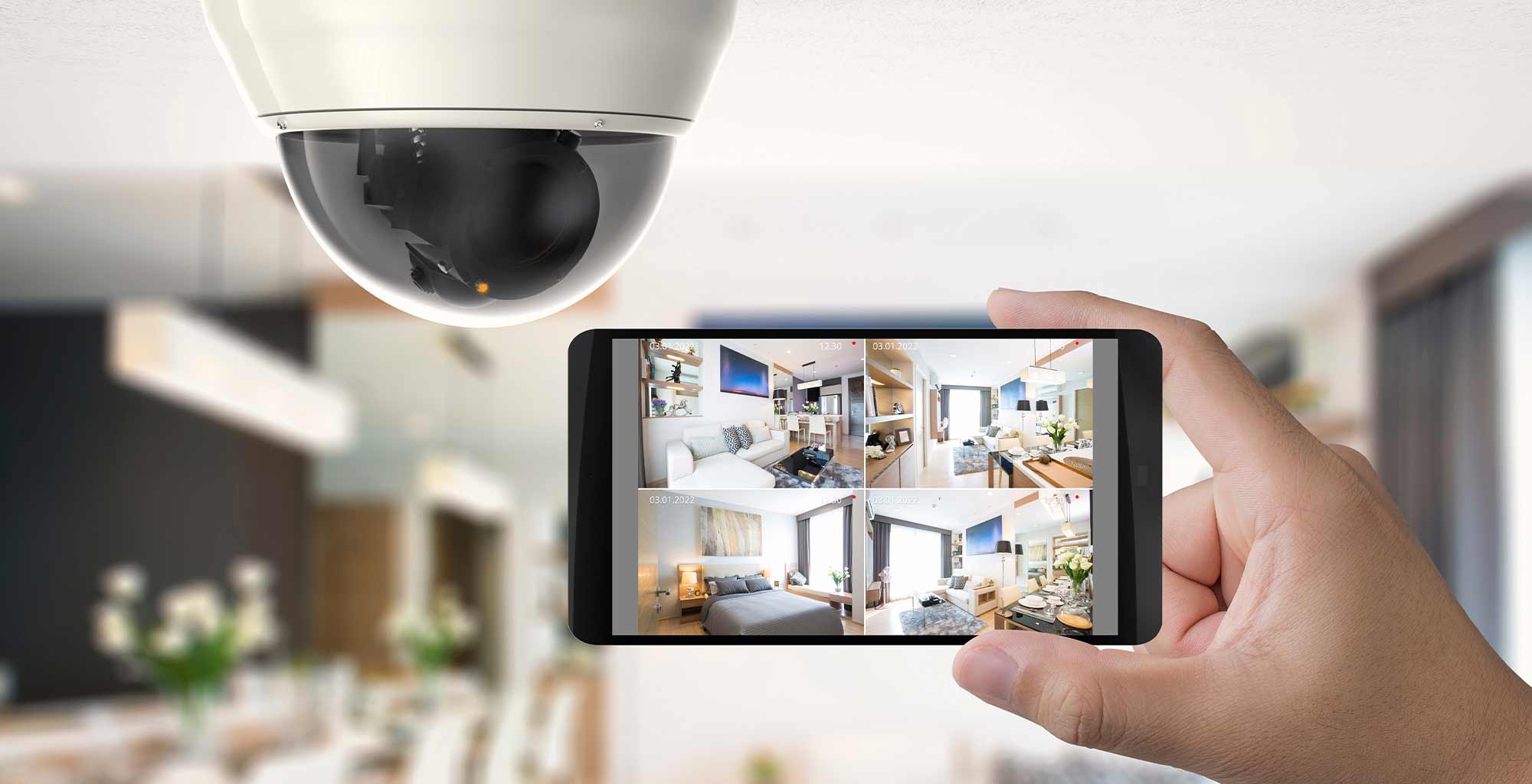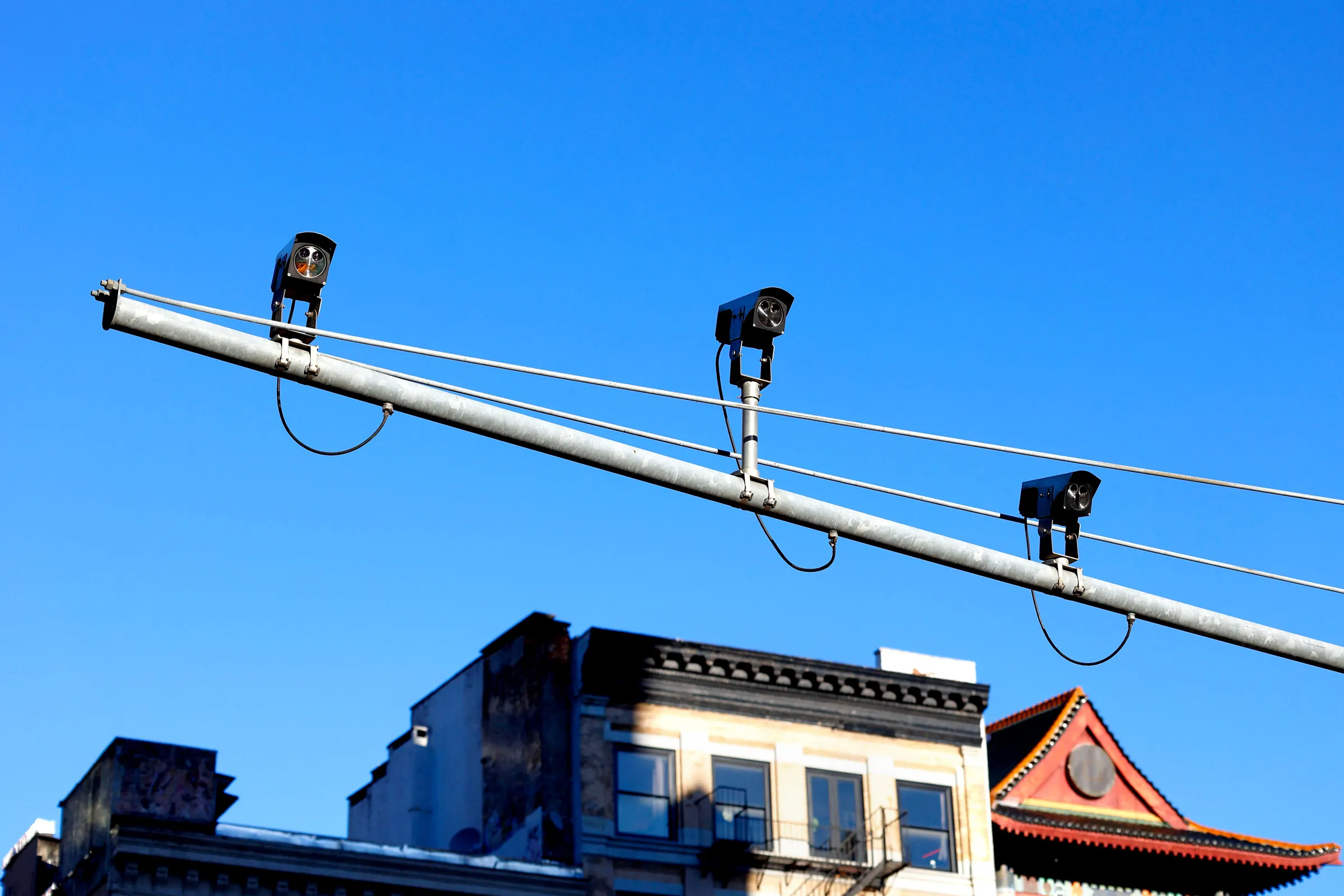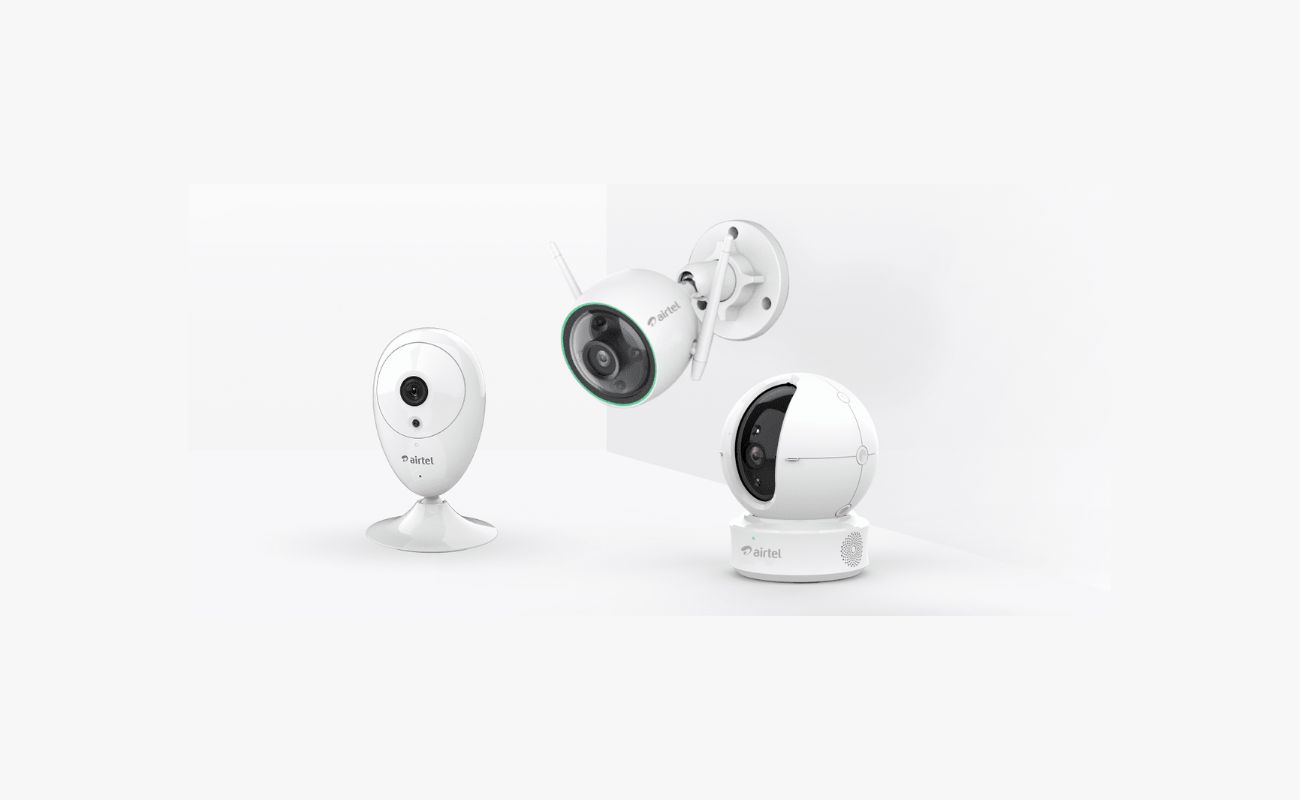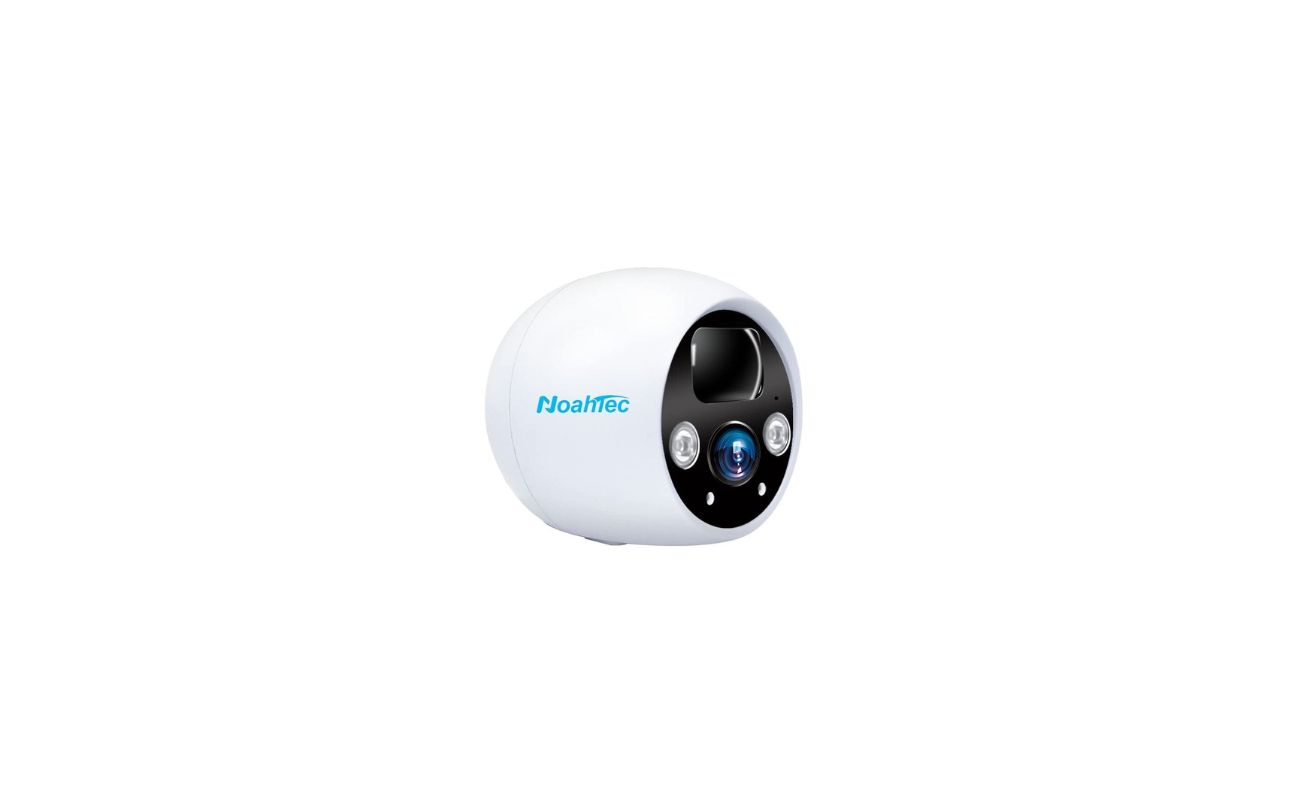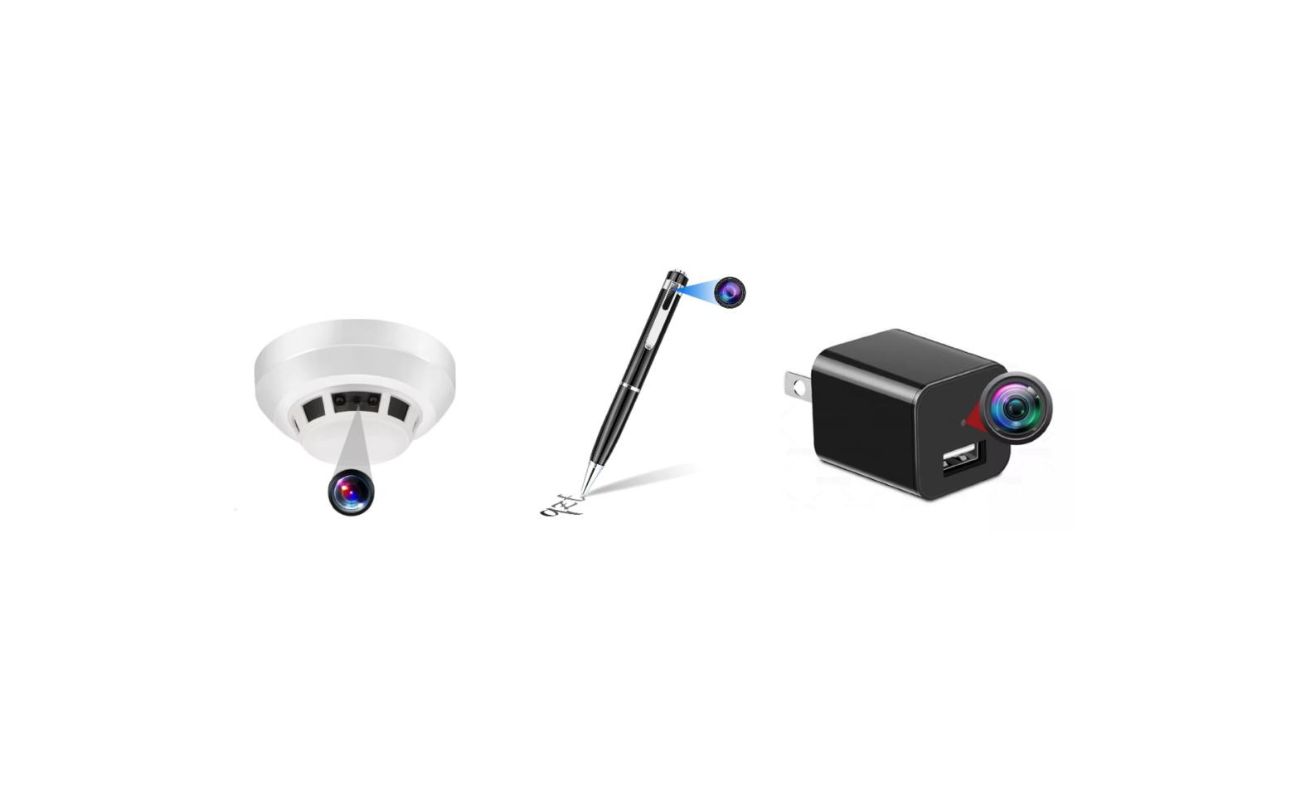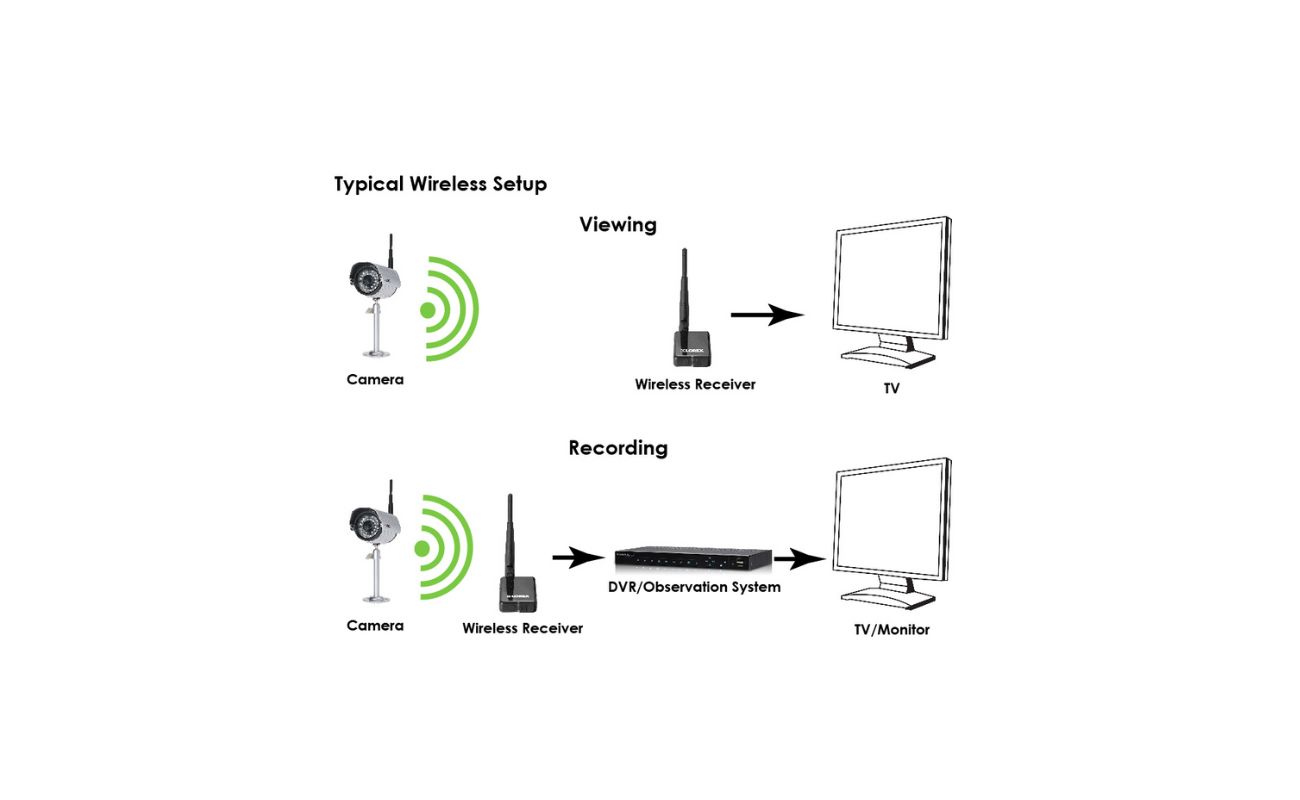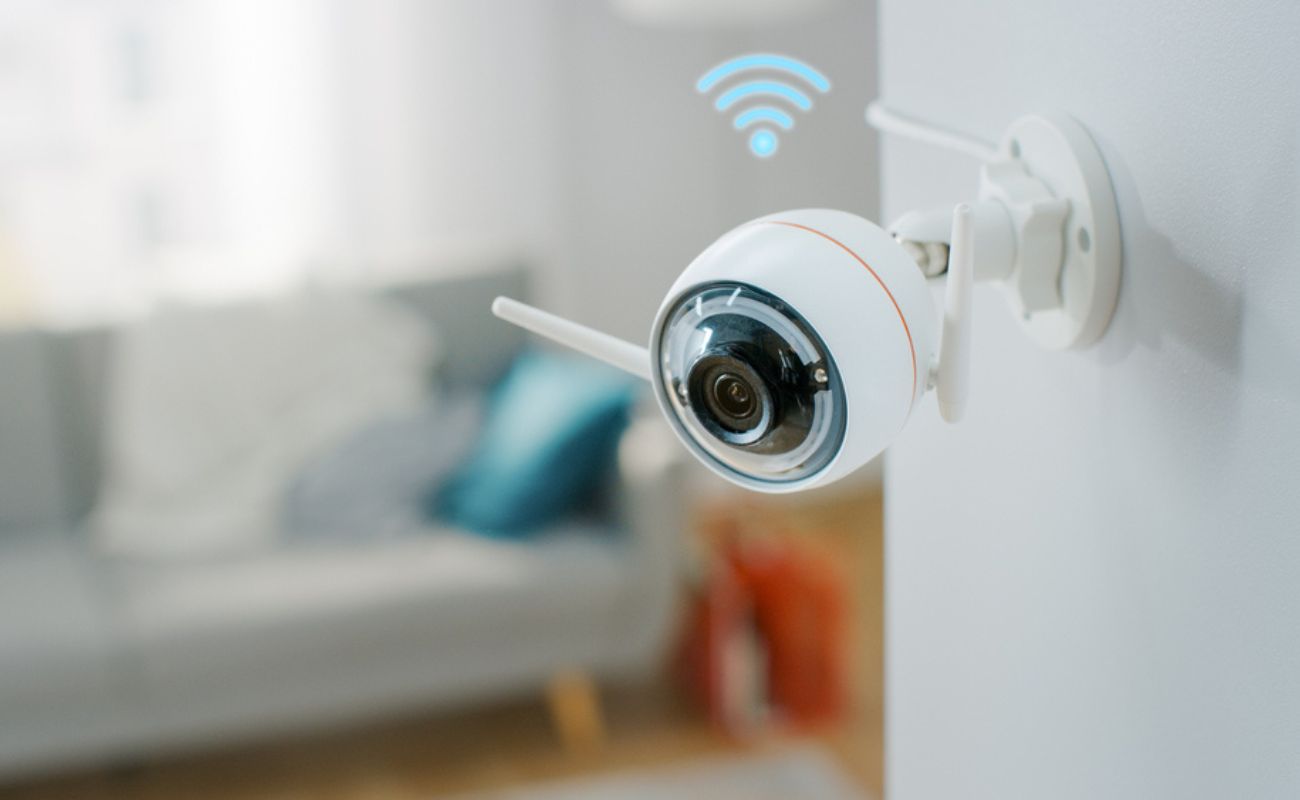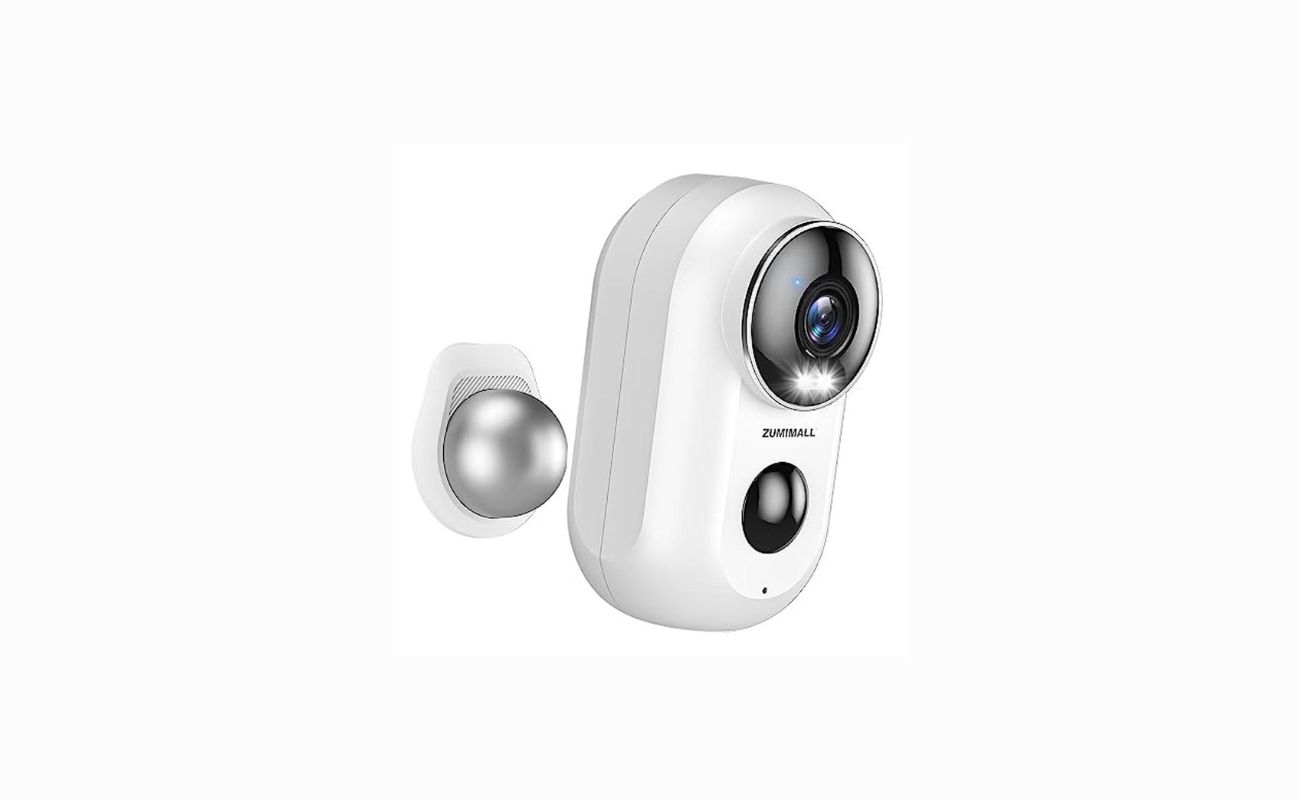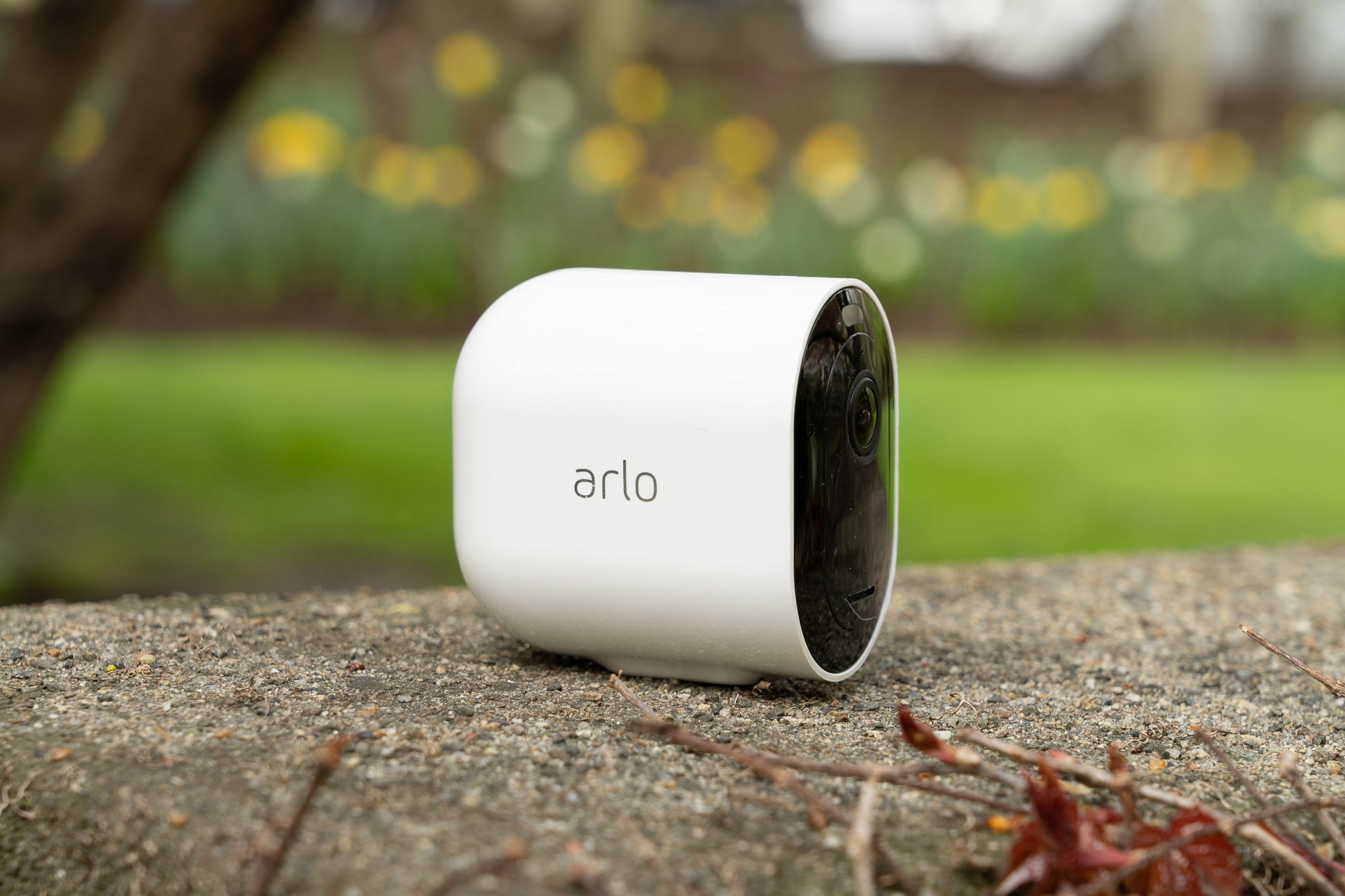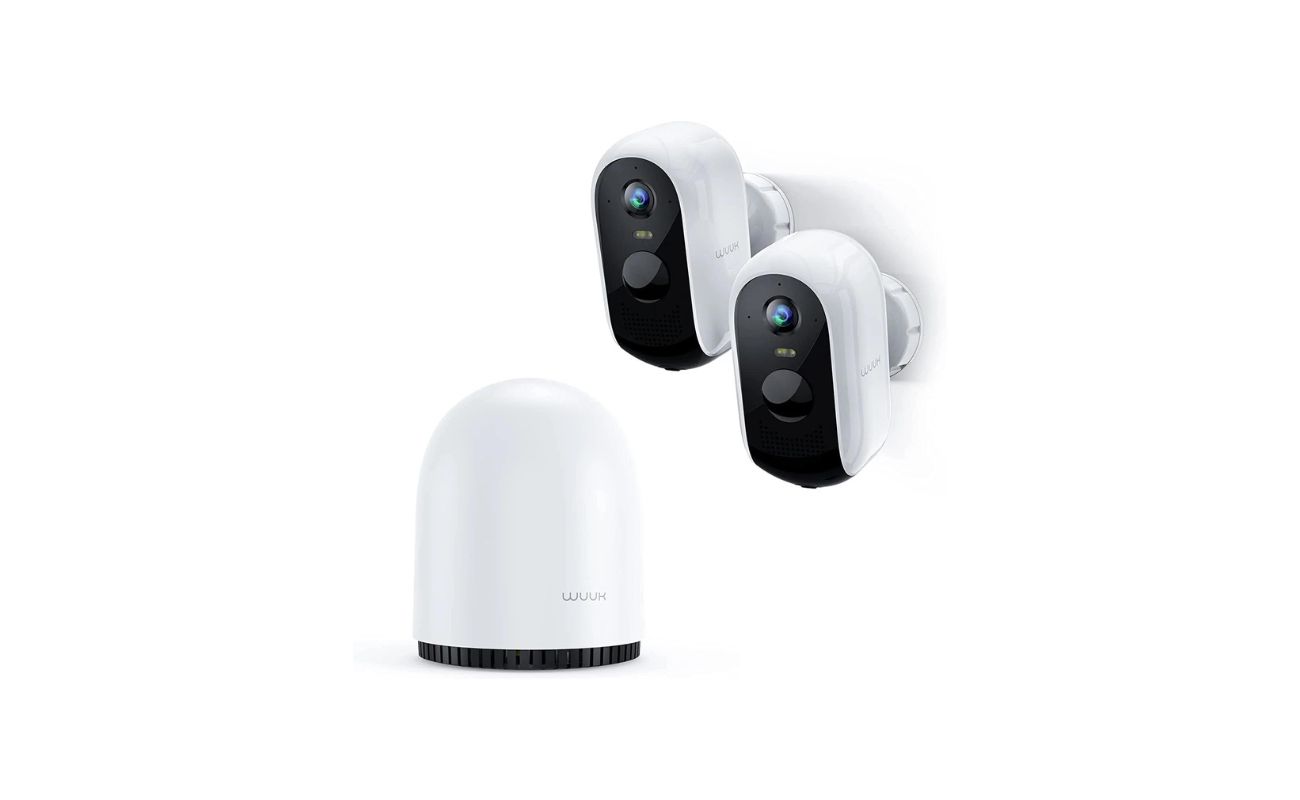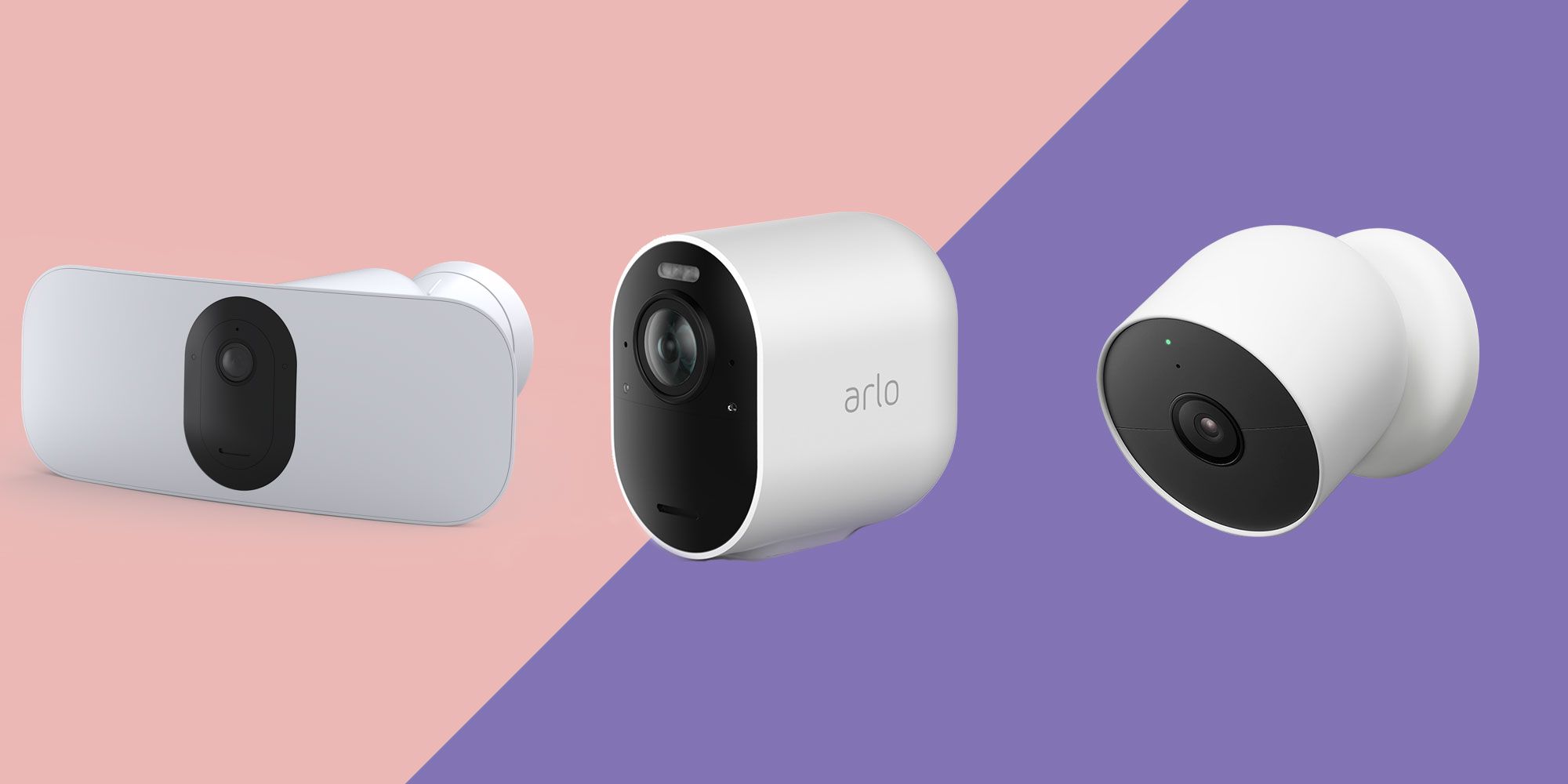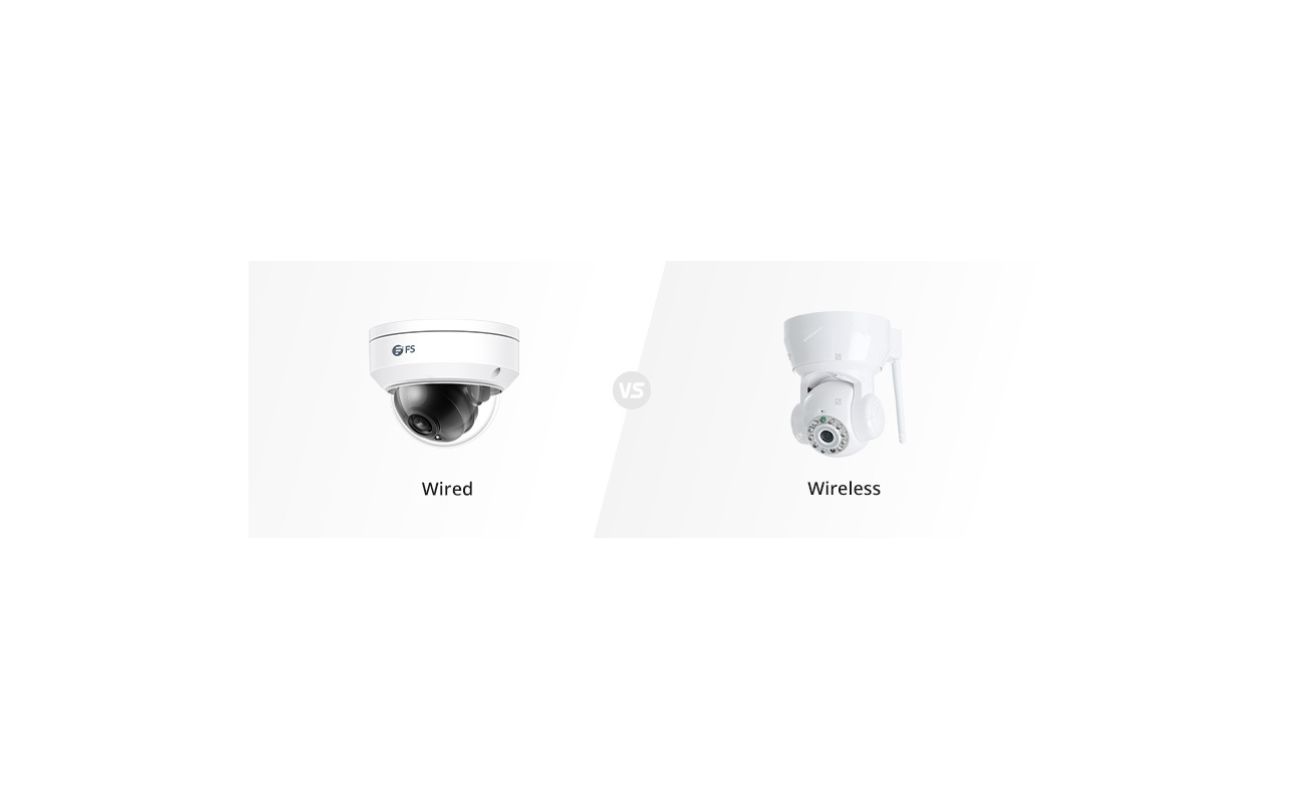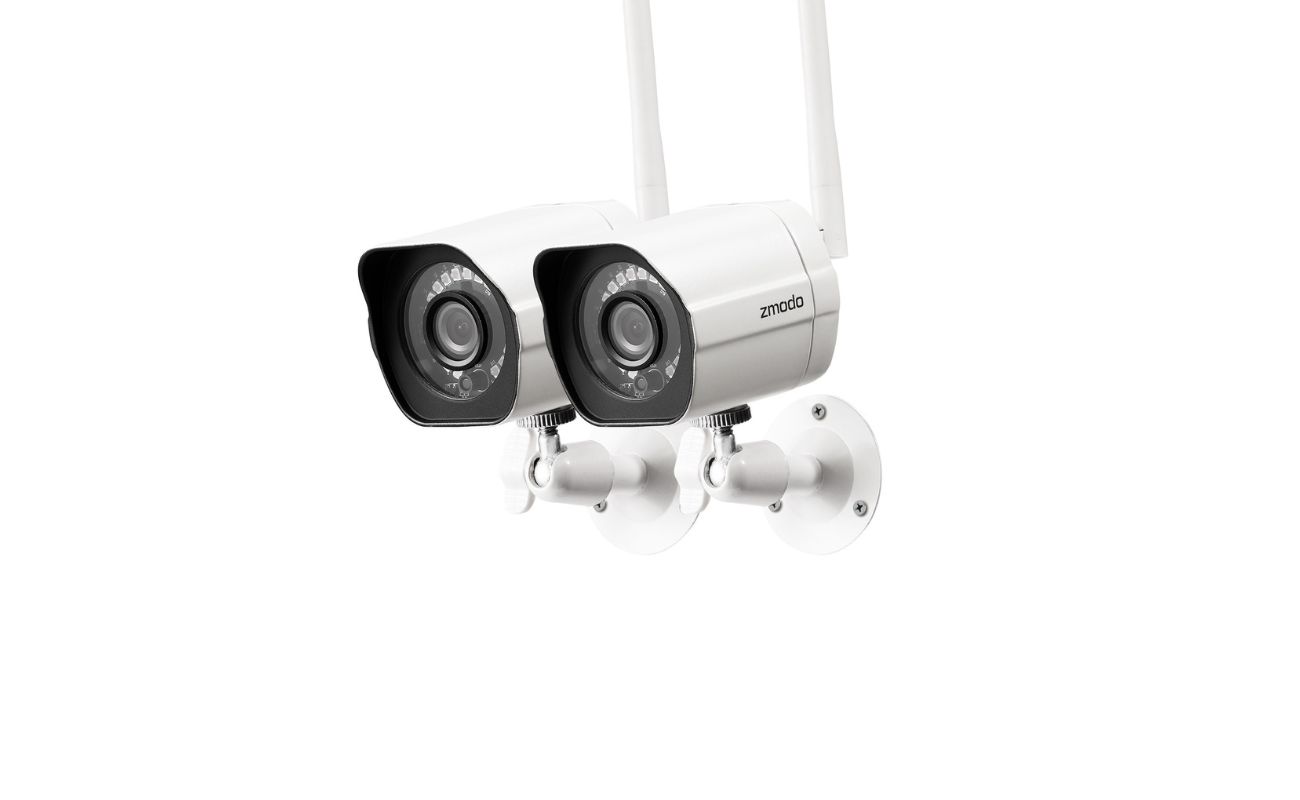Home>Home Security and Surveillance>How Far Can A Wireless Security Camera Transmit?
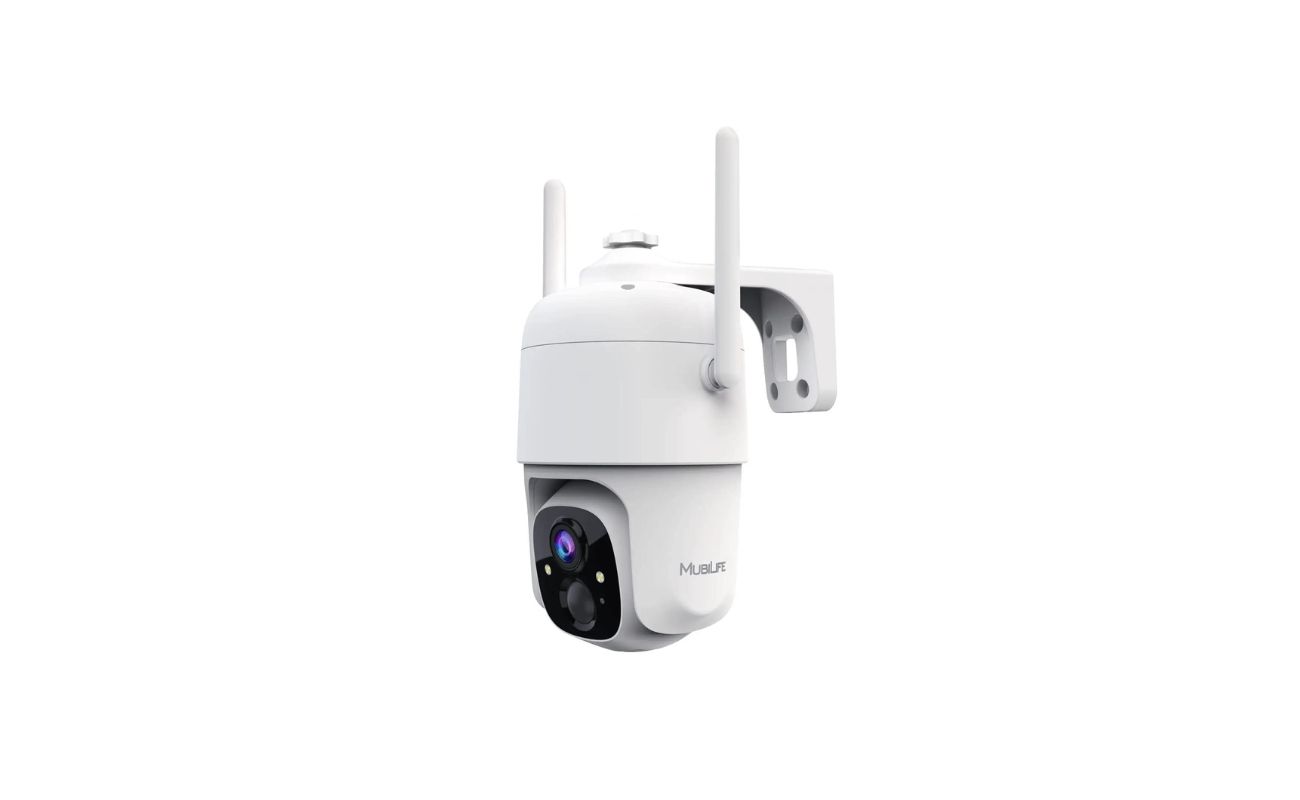

Home Security and Surveillance
How Far Can A Wireless Security Camera Transmit?
Modified: March 6, 2024
Discover how far a wireless security camera can transmit for your home security and surveillance needs. Find out the range and limitations of wireless surveillance systems.
(Many of the links in this article redirect to a specific reviewed product. Your purchase of these products through affiliate links helps to generate commission for Storables.com, at no extra cost. Learn more)
Introduction
Welcome to the world of home security and surveillance! In an age where technology has made tremendous advancements, protecting our homes has become easier and more convenient than ever before. One of the most popular options for home security is the use of wireless security cameras.
Wireless security cameras offer a range of benefits, including easy installation, flexibility in camera placement, and the ability to remotely monitor your home from anywhere in the world. However, a common question that arises when considering wireless security cameras is: How far can a wireless security camera transmit?
Understanding the range of a wireless security camera is crucial in ensuring that you can effectively monitor the desired area without encountering any connectivity issues. In this article, we will explore the factors that affect wireless security camera range, delve into the specifications to consider, examine common wireless security camera range distances, and provide methods to extend the range for optimal coverage.
By the end of this article, you will have a comprehensive understanding of the factors that come into play when determining the range of a wireless security camera and be equipped with the knowledge to make an informed decision when selecting a camera for your home security needs.
Key Takeaways:
- Understand the factors affecting wireless security camera range, including obstructions, interference, antenna quality, power source, and environmental factors, to ensure optimal coverage for your home.
- Explore methods to extend the range of your wireless security camera system, such as strategic router placement, antenna upgrades, obstruction minimization, interference reduction, frequency upgrades, and powerline adapters, for comprehensive property coverage.
Factors Affecting Wireless Security Camera Range
When it comes to wireless security camera range, there are several factors that can impact the distance at which a camera can transmit its signal effectively. Understanding these factors is essential in determining the optimal placement and coverage of your wireless security cameras. Let’s explore the key factors that affect wireless security camera range:
- Obstructions: Obstacles such as walls, trees, and other structures can greatly reduce the range of wireless security cameras. Solid barriers can weaken the signal and cause interference, leading to a reduced transmission distance.
- Interference: Wireless devices, such as routers, cordless phones, and even other wireless cameras operating on the same frequency, can interfere with the signal and impact the camera’s range. It is crucial to select a wireless security camera system that operates on a frequency less prone to interference.
- Antenna Quality: The quality and design of the camera’s antenna play a significant role in determining the range. Cameras with high-gain antennas can transmit signals over longer distances compared to cameras with lower-quality antennas.
- Power Source: The power source of the wireless security camera can also affect the range. Battery-powered cameras may have a shorter range compared to cameras connected to a power source, as their transmission power is often limited.
- Environmental Factors: Environmental elements like weather conditions, extreme temperatures, and electromagnetic interference can impact the performance and range of wireless security cameras. It’s important to consider these factors when determining the appropriate camera range for your specific location.
By taking these factors into account, you can select a wireless security camera system that is suitable for your home’s unique layout and requirements. Keep in mind that the range mentioned by manufacturers is typically under ideal conditions. Real-life scenarios may result in a slightly shorter range due to the presence of obstacles and interference.
Now that we understand the factors that affect wireless security camera range, let’s dive into the specifications that you should consider when evaluating different camera options in order to make an informed decision.
Wireless Security Camera Range Specifications
When researching wireless security camera systems, it’s important to pay attention to the range specifications provided by the manufacturers. These specifications give you an idea of the maximum distance at which the camera can effectively transmit its signal. Here are some key specifications to consider:
- Transmission Range: This specification indicates the maximum distance at which the camera can transmit its signal without any significant signal degradation. It is usually measured in feet or meters.
- Wireless Frequency: The wireless frequency determines the range and penetration capabilities of the camera’s signal. Commonly used frequencies for wireless security cameras are 2.4 GHz and 5 GHz. While the 2.4 GHz frequency can offer a longer range, the 5 GHz frequency provides faster data transmission and is less prone to interference.
- Signal Strength: Signal strength is often measured in decibels (dB). A higher signal strength indicates a stronger, more reliable connection between the camera and the receiver. Cameras with higher signal strength are better at overcoming obstacles and maintaining a stable connection over longer distances.
- Wireless Standards: The wireless standards used by the camera, such as 802.11n or 802.11ac, can affect the range and performance. Newer standards like 802.11ac offer improved range and data transfer speeds compared to older standards.
- Antenna Type: The type of antenna used by the camera can impact its range. Cameras with directional antennas, such as yagi or panel antennas, have a narrower focus but can transmit over longer distances. On the other hand, cameras with omnidirectional antennas provide a broader coverage area but may have a shorter range.
These specifications give you a baseline understanding of a wireless security camera’s range capabilities. However, it’s important to note that real-world conditions can impact the actual range experienced in your specific environment. Interference from other devices, signal degradation due to obstacles, and environmental factors can all influence the effective range of the camera.
Now that we have explored the specifications to consider, let’s discuss the common wireless security camera range distances to provide you with a benchmark for evaluating different camera options.
When considering the transmission range of a wireless security camera, it’s important to take into account any potential obstructions such as walls or interference from other electronic devices. It’s also important to check the specifications provided by the manufacturer for the specific camera model you are using.
Common Wireless Security Camera Range Distances
The range of wireless security cameras can vary depending on the specific model and environmental factors. While there is no definitive answer to how far a wireless security camera can transmit, we can provide some general guidelines based on common range distances experienced by users. Here are the typical wireless security camera range distances:
- Short Range: Short-range wireless security cameras generally have a transmission range of up to 100 feet (30 meters) in an open area with no obstructions. These cameras are ideal for small indoor spaces or monitoring specific areas within a larger room.
- Medium Range: Cameras with a medium-range transmission typically have a range between 100 to 300 feet (30 to 90 meters). They are ideal for monitoring larger indoor spaces or outdoor areas adjacent to the building, such as driveways or backyard gardens.
- Long Range: Long-range wireless security cameras can transmit their signal up to 500 feet (150 meters) or more. These cameras are suitable for large outdoor areas or properties where extended coverage is required. They are commonly used for monitoring parking lots, warehouses, or expansive residential yards.
It’s important to note that these range distances are rough estimates and can vary depending on the specific camera model, the presence of obstacles, and the wireless conditions at your location. Factors such as the quality of the antenna, the power source, and the level of interference can also affect the effective range you experience.
Now that we have discussed the common wireless security camera range distances, let’s explore some methods to extend the range of your wireless security camera system to ensure comprehensive coverage of your property.
Methods to Extend Wireless Security Camera Range
If you find that the range of your wireless security camera system is insufficient for your needs, there are several methods you can employ to extend the range and improve the coverage. Here are some effective ways to enhance the wireless security camera range:
- Position the Router Strategically: Place your wireless router in a central location, away from walls and obstructions. This will help distribute the Wi-Fi signal evenly and optimize the range for your security cameras. Consider using Wi-Fi range extenders or mesh network systems to amplify and extend the network coverage.
- Upgrade the Antennas: If your wireless security cameras have detachable antennas, consider upgrading them to high-gain or directional antennas. These antennas focus the signal in a specific direction, allowing for longer transmission distances. Ensure that the antennas are correctly positioned to maximize their effectiveness.
- Minimize Obstructions: Clear any obstructions between the cameras and the receiver. Remove or reposition objects, such as furniture, walls, or appliances, that may be blocking the signal. Be mindful of the camera’s line of sight to the receiver for optimal range and signal strength.
- Reduce Interference: Identify and eliminate sources of interference that can disrupt the wireless signal. Keep cameras away from other wireless devices that operate on the same frequency, such as cordless phones or baby monitors. Changing the wireless channel on your router can also help reduce interference from neighboring networks.
- Upgrade to a Higher Frequency: Consider using wireless security cameras that operate on the 5 GHz frequency band instead of the 2.4 GHz band. The 5 GHz band provides faster data transmission and is less congested, resulting in better range and less interference.
- Use Powerline Adapters: Powerline adapters utilize existing electrical wiring to extend the network signal. By connecting one adapter near the router and another near the camera, you can establish a wired connection that bypasses the limitations of wireless range and interference.
By implementing these methods, you can significantly extend the range of your wireless security camera system and ensure comprehensive coverage of your property. It’s important to experiment with different techniques and find the combination that works best for your specific environment.
Now that we have explored various methods to extend wireless security camera range, let’s conclude our article with a summary of the key points discussed.
Read more: How Far Can A Security Camera See At Night
Conclusion
Wireless security cameras provide a convenient and effective solution for monitoring and securing your home. Understanding the range of a wireless security camera is crucial in ensuring optimal coverage and performance. Throughout this article, we have explored the factors that affect wireless security camera range, the specifications to consider when evaluating different camera options, common wireless security camera range distances, and methods to extend the range.
Factors such as obstructions, interference, antenna quality, power source, and environmental factors can all impact the range of wireless security cameras. It’s important to take these factors into account when selecting a camera system for your home security needs.
Wireless security camera range specifications, including transmission range, wireless frequency, signal strength, wireless standards, and antenna type, provide valuable insights into the capabilities of the cameras. However, it’s important to remember that real-world conditions can affect the actual range experienced in your specific environment.
Common wireless security camera range distances serve as benchmarks to provide a general idea of what to expect. Short-range cameras are suitable for small indoor spaces, medium-range cameras offer coverage for larger indoor spaces or adjacent outdoor areas, and long-range cameras are ideal for larger outdoor areas or properties that require extended coverage.
If your wireless security camera system’s range is insufficient, various methods can be employed to extend the coverage. Strategic placement of the router, upgrading antennas, minimizing obstructions, reducing interference, upgrading to a higher frequency, and using powerline adapters are effective ways to enhance the range and improve performance.
In conclusion, wireless security cameras are versatile and convenient tools for protecting your home. By understanding the factors affecting range, considering specifications, and implementing range-extending methods, you can ensure comprehensive coverage and peace of mind. Evaluate your specific needs, explore the available options, and select a wireless security camera system that fits your requirements to create a secure and protected home environment.
Frequently Asked Questions about How Far Can A Wireless Security Camera Transmit?
Was this page helpful?
At Storables.com, we guarantee accurate and reliable information. Our content, validated by Expert Board Contributors, is crafted following stringent Editorial Policies. We're committed to providing you with well-researched, expert-backed insights for all your informational needs.
